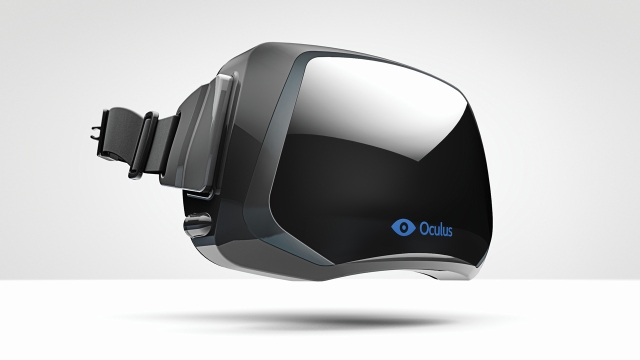The purchase of virtual reality headset designer Oculus by Facebook has raised some interesting questions about crowdfunding sites.
As the Wall Street Journal reports, many of those who contributed to the Kickstarter campaign that Oculus ran now feel betrayed by the company selling out to the social media giant.
Founder Palmer Luckey explained the companies sale to the WSJ as a quest for more funds; “a lot of people don’t understand how much money it takes to build things — especially to build hardware.”
Crowdfunding is tough
That ties into what founders have told Decoding the New Economy about crowdfunding startups; it’s tough and it easy to underestimate the capital required to launch a project.
Ninja Blocks’ Daniel Friedman told Decoding the New Economy last February that the main thing the company had learned from its successful Kickstarter campaign is that crowdfunding is a good way to raise funds for specific projects but a lousy way to fund a business.
Moore’s Cloud wasn’t as successful as Ninja Blocks and in his Decoding the New Economy interview, founder Mark Pesce described how he’d “rather eat bullets” than crowdfund a hardware startup again.
Startups are always hard, but it’s difficult not see how the high moral purpose often citing from Kickstarter project founders clashes with the ruthless moneymaking of Silicon Valley.
Discrediting crowdfunding
The criticism of Oculus also illustrates how crowdfunding lies between traditional investment and sales; those contributing to crowdfunding projects are true believers, not just customers and certainly not investors in a legal sense.
In recent times Kickstarter has been discouraging hardware startups from using their service; mainly because of the high risk of failure and disaffected contributors. The unhappiness with Oculus vindicates that move.
Oculus’ sale to Facebook may make many Kickstarter contributors doubly wary of Silicon Valley style startups trying to raise funds through crowdsourcing campaigns.
Lords of the Digital Manor
Looking at Oculus’ move, it’s hard not to conclude we’re seeing another cynical version of the Lords of the Digital Manor business model where enthusiasts are exploited by entrepreneurs looking for the big Silicon Valley pay off.
For Kickstarter and the other crowdfunding platforms, this is a problem as cynicism about the motives of those posting projects is probably a greater risk than the fear of being ripped off.
It may well be that Oculus marks a big change in the types of projects that get successfully funded, certainly the next hot hardware startup that tries crowdfunding is going to find things much harder.




